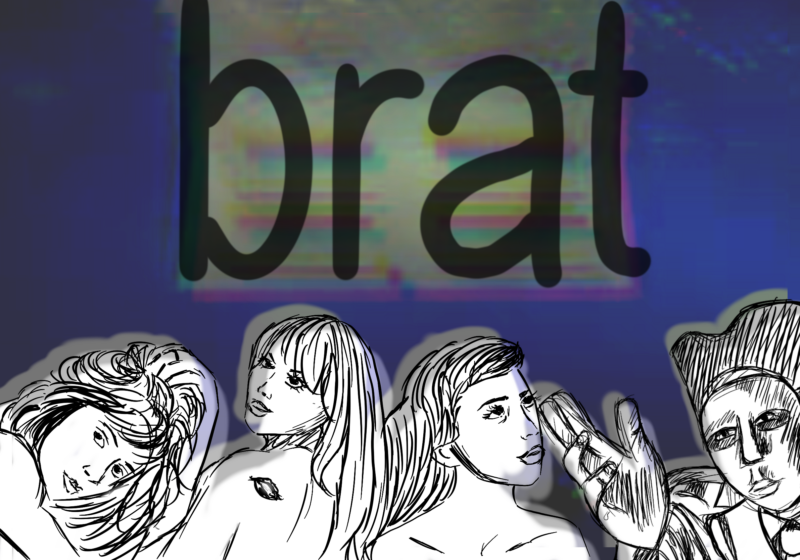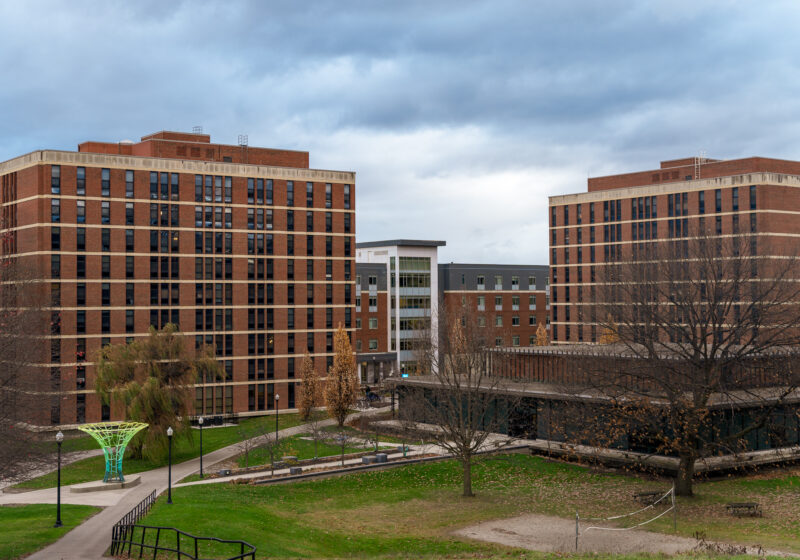Six hundred pipes of tin and alloy, comprising the Italian Baroque organ at the Memorial Art Gallery, seem to stretch beyond the ceiling and into the heavens, as the angelic instrument resonates pure sounds played by the hands of Robert Poovey.
Poovey is a well-known, admirable director of music at St. Paul’s Episcopal Church. He performed organ pieces for 25 minutes at the Fountain Court of the Memorial Art Gallery last Sunday at both 1 p.m. and 3 p.m.
The first piece Poovey played, entitled “Toccata in C Major,” was originally composed by a South German named Johann Pachelbell. It is one of 20 of Pachelbell’s toccatas that has survived. The piece exhibited a lighthearted, enlightening tone that attracted families from all over the museum.
The notes of the organ lifted up, up, up through the windows and out into the warm spring air. Poovey asked those listening to physically stand up and walk around the room, look at the different works of art in the room and create a story of their own.
The organ that Poovey played was the largest Italian Baroque organ in North America, built in 1770. It was discovered in an antique shop in Florence, Italy and eventually made its way to the Eastman School of Music.
In 2001, Eastman purchased the antique pipe organ. After an international team of experts and scholars spent four years conducting research in Germany, restoring the dismantled instrument, the final installation and grand opening of the organ took place at the Memorial Art Gallery.
The beauty now resides in an atmosphere that is very conducive for its presence, with sunlight pouring through the tall windows and motivational art on the walls – leaving the imaginations of the listeners free to endless wandering. Different combinations and interactions between stops, pipes, keys and pedals allow for a wide variety of sounds to be produced by the organ.
The second piece played was by an Italian composer and incorporated a mixture of different flute sounds as well as the addition of a Nightingale noise throughout the piece, which added an airy feel of nature to the music. This piece was followed by “Galiarda,” by American composer David Doll, and exhibited a very thin, nasal style, with chords that built up adding anticipation.
Lastly, Poovey played “The Fiori Musicali,” by Girolamo Frescobaldi, thought to be the greatest Italian composer of all time. His music was generally played for mass, as there are “elevation toccatas” for lifting the cross up toward the heavens.
The excerpt that Poovey played incorporated a lot of legato and vibrato, designed to impersonate a human voice. In fact, the crown ornament of the organ case features St. Andrew, the first of Jesus’s Twelve Apostles, which can be seen by the saltire (x-shaped cross), which is what he was martyred on. St. Andrew is not a typical choice for a musical instrument, so his presence may in fact refer to the patron saint of the organ’s original home.
The sounds of the Italian Baroque organ are closer than you think. Hop on a shuttle to the Memorial Art Gallery to experience such a glorious, refreshing reminder of the truly extraordinary opportunities UR has to offer.
Miller is a member of the class of 2011.


